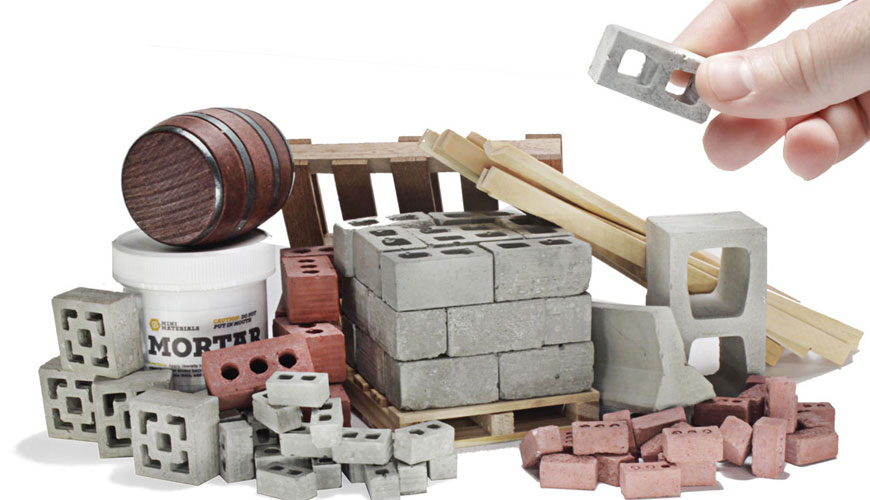

EUROLAB, with its state-of-the-art accredited laboratories and expert team, provides precise and fast testing services within the scope of TS 16637-3 test. This Technical Specification specifies an Upstream Percolation Test (PT) applicable to determine the leaching behavior of inorganic and non-volatile organic substances from granular construction products. The test is not suitable for substances that are volatile at ambient conditions. Construction products are subjected to water leaching as a function of the liquid to solid ratio under the specified leaching conditions. The method is a one-time colon leaching test.

This upstream percolation test is performed under test conditions specified for building materials and does not need to produce results that mimic specific intended use conditions. This test method produces eluates that can then be characterized by physical, chemical and ecotoxicological methods according to existing standard methods. The results of the eluate analysis are presented as a function of the liquid/solid ratio. The test results provide the distinction between different leaching behaviors.
It is not always possible to set test conditions for inorganic and organic substances at the same time, and test conditions may also vary between different groups of organic substances. Test conditions for organic substances are generally more stringent than for inorganic substances. Test conditions are generally defined to suit the testing of organic materials and can also be applied to inorganic materials, depending on the setup.
For ecotoxicity testing, eluates that represent the release of both inorganic and organic substances are needed. In this standard, ecotoxicological testing is intended to include genotoxicological testing.
Construction products that exhibit saturated hydraulic conductivity of about 10−8 m/s or higher can usually be subjected to this test. This procedure can also be applied to materials that solidify in the column if the final hydraulic conductivity is within the specified range. Inert granular material should not be added to improve permeability so that they can be tested.
This procedure is generally not applicable to products that are readily biodegradable and, for example, to products that react with leachate causing excessive gaseous emission or excessive heat release, impermeable hydraulically bonded products, or products that swell on contact with water.
EUROLAB assists manufacturers with TS 16637-3 test compliance. Our test experts, with their professional working mission and principles, provide you, our manufacturers and suppliers, the best service and controlled testing process in our laboratories. Thanks to these services, businesses receive more effective, high-performance and quality testing services and provide safe, fast and uninterrupted service to their customers.
To get an appointment, to get more detailed information or to request an evaluation, you can ask us to fill in our form and reach you.